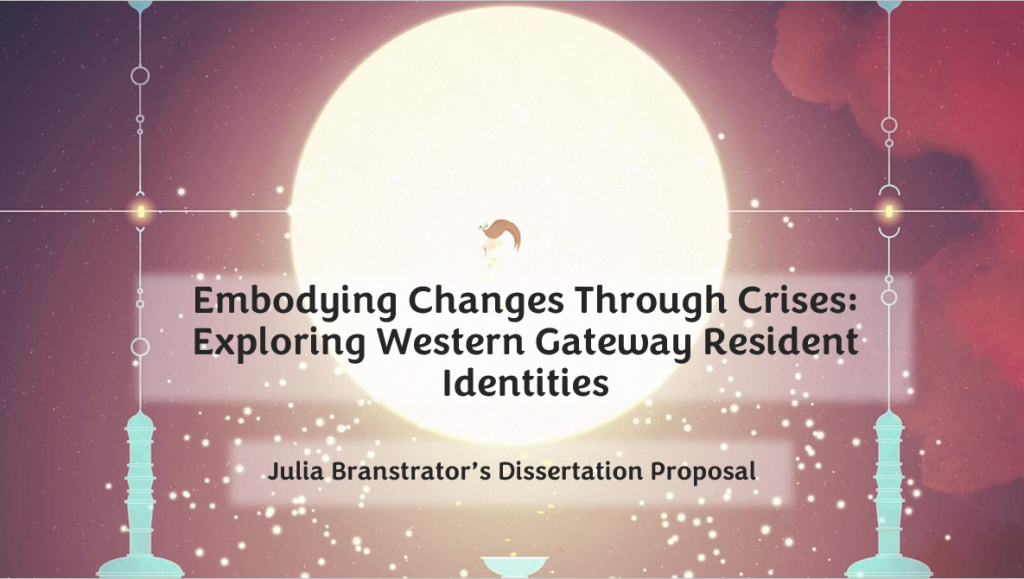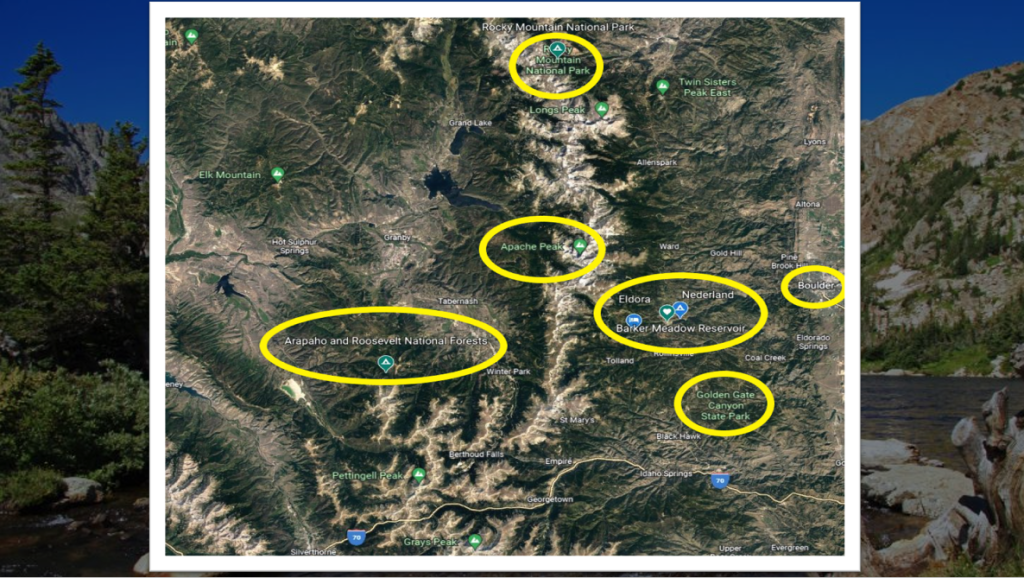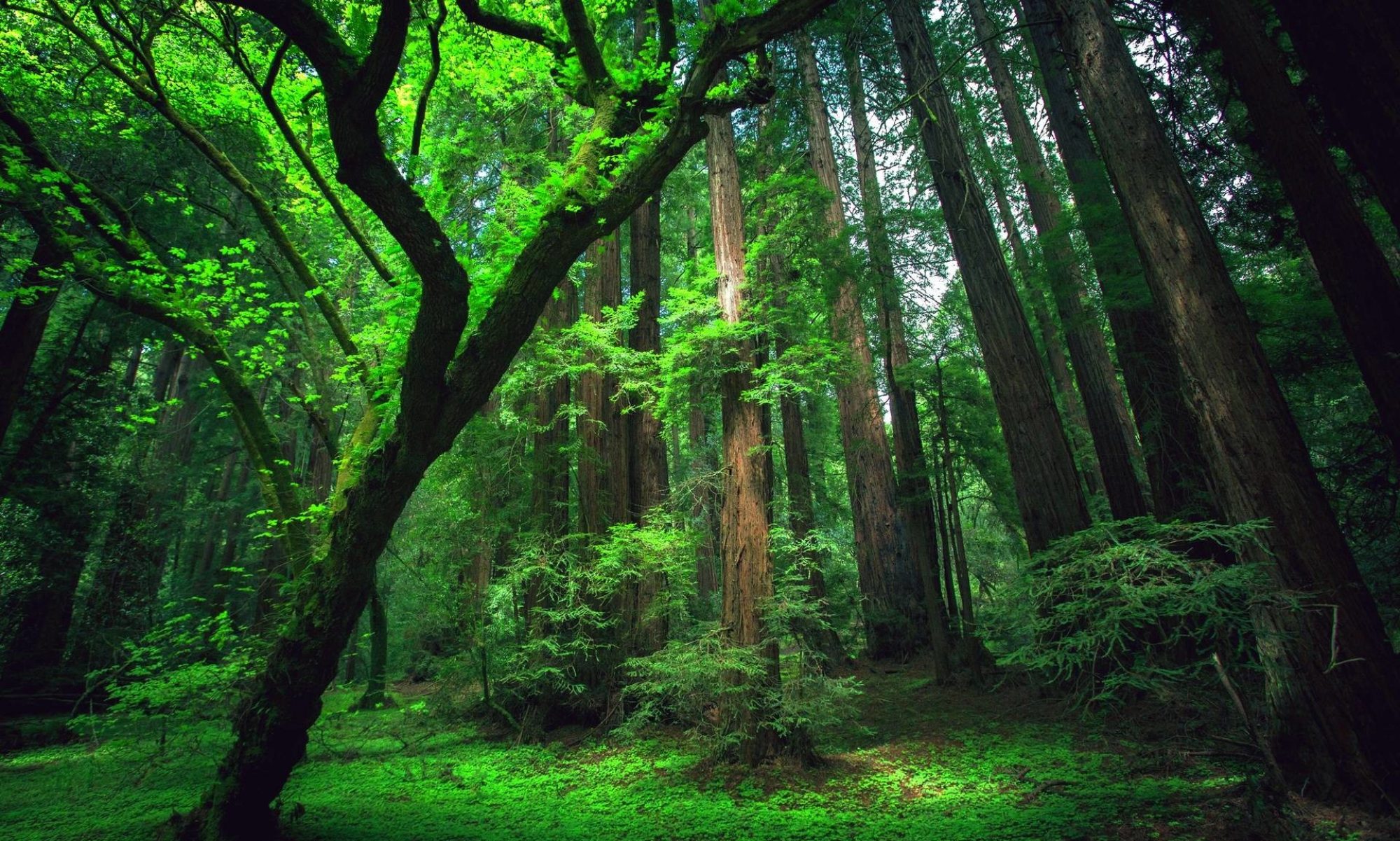It is with great enthusiasm that the Tourism and Conservation Lab announces that Julia R. Branstrator, lead graduate student within the lab, has advanced from PhD student to PhD candidate! On April 25th, 2022, Julia presented her dissertation topic of “Embodying Changes Through Crises: Exploring Western Gateway Resident Identities”. This research recognizes and studies the unique experiences of intermountain western gateway residents during intersectional crises such as the COVID-19 pandemic, wildfires, and sociopolitical conflict within a remote mountain community.
Stoker at al. (2021) define western gateway communities as, “communities of 150 to 150,000 people that are: 1) within 10 linear miles from the boundary of a national park, national monument, national forest, state park, wild and scenic river or other major river, or lake and 2) further than 15 miles from a census-designated urbanized area by road” (2021, p.23). This description is applied specifically to intermountain gateway communities within the United States bordering national and state parks and protected areas. I-West explains that, “The Intermountain West region of the U.S. is composed of states with shared geographical, environmental, and demographic attributes that present a broad spectrum of carbon neutral energy opportunities” (I-West, 2022, para.1).

Through concepts of identity, affect, and technology use, Julia will be exploring the relationships between changes experienced by intermountain western gateway residents hosting a tourism economy during crisis. Her research takes place within the creative community of Nederland, Colorado – an intermountain western gateway community bordering many forests and outdoor recreational areas within Western Colorado.


References
I-West. (2022, April 11). About – i-west. I-West. Retrieved May 6, 2022, from https://iwest.org/about/
Stoker, P., Rumore, D., Romaniello, L., & Levine, Z. (2021). Planning and Development Challenges in Western Gateway Communities. Journal of the American Planning Association, 87(1), 21–33. https://doi.org/10.1080/01944363.2020.1791728
